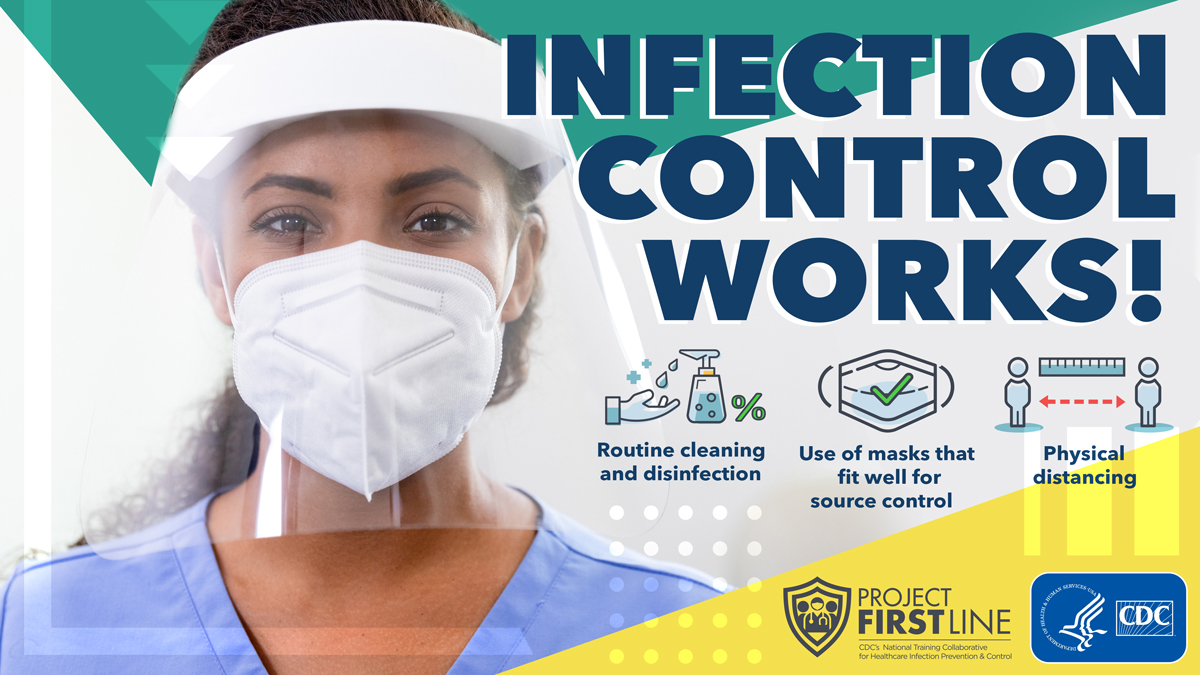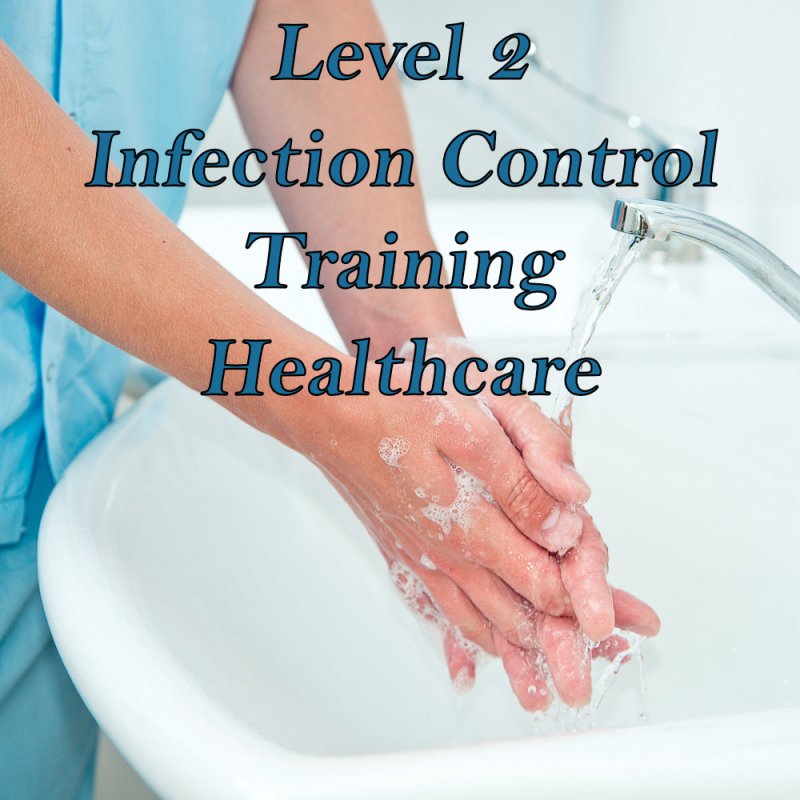Breathtaking Tips About How To Control Infection

Three things are necessary for an infection to occur:
How to control infection. Understand and protect against bacteria, viruses and infections. This site includes an overview of how infections spread, ways to prevent the spread of infections, and more detailed recommendations by type of healthcare setting. Infection prevention and control (ipc) and water, sanitation, and hygiene (wash) are essential components for maintaining safe health service operations and mitigating the risks of infectious disease transmission during.
People are protected as much as possible from the risk of infection because premises and equipment are kept clean and hygienic. Hierarchy of controls for infection prevention and control. A way germs are moved to the susceptible person.
Cases of norovirus are on the rise in the us, on par with seasonal trends, according to the most recent data from the us centers for disease control and prevention. Information about the risk of infection is shared appropriately with relevant partners, including agencies, people using. Summarize standard precautions, contact precautions, droplet precautions, and airborne precautions.
It reduces the risk of infection transmission, ensuring a safer environment for both patients and. Australian guidelines for the prevention and control of infection in healthcare. Treatment of sexually and vertically transmitted in.
What you need to do. Effective ipc requires constant action at all levels of the health system, including policymakers, facility managers, health workers and those who access health services. Adherence to infection prevention and control practices is essential to providing safe and high quality patient care across all settings where healthcare is delivered.
Prevent infection before it begins and avoid spreading it to others with these easy measures. Ipc is essential to fight the development and spread of amr. Preventing and controlling infections standard.
Identify the single most effective and least expensive way for providers to prevent the spread of infection. There are 2 tiers of recommended precautions to prevent the spread of infections in healthcare settings: Standard precautions for all patient care.
Review the types of precautions required for a patient with tuberculosis versus a patient with clostridium difficile. Standard precautions aim to protect both health workers and patients by reducing the risk of transmission of microorganisms from both recognized and unrecognized sources. There are clear roles and responsibilities around infection prevention and control.
Social programs that encourage a reduction in the population growth; What you can do to be a safe patient (centers for disease control and prevention) related issues. The primary way to prevent infections.
Learn how germs work and what you can do to protect yourself. The most common symptoms of influenza (flu) include fever, a dry cough, headache, muscle and joint pain, a sore throat and a runny nose. Each year, millions of people come down with flu.


















